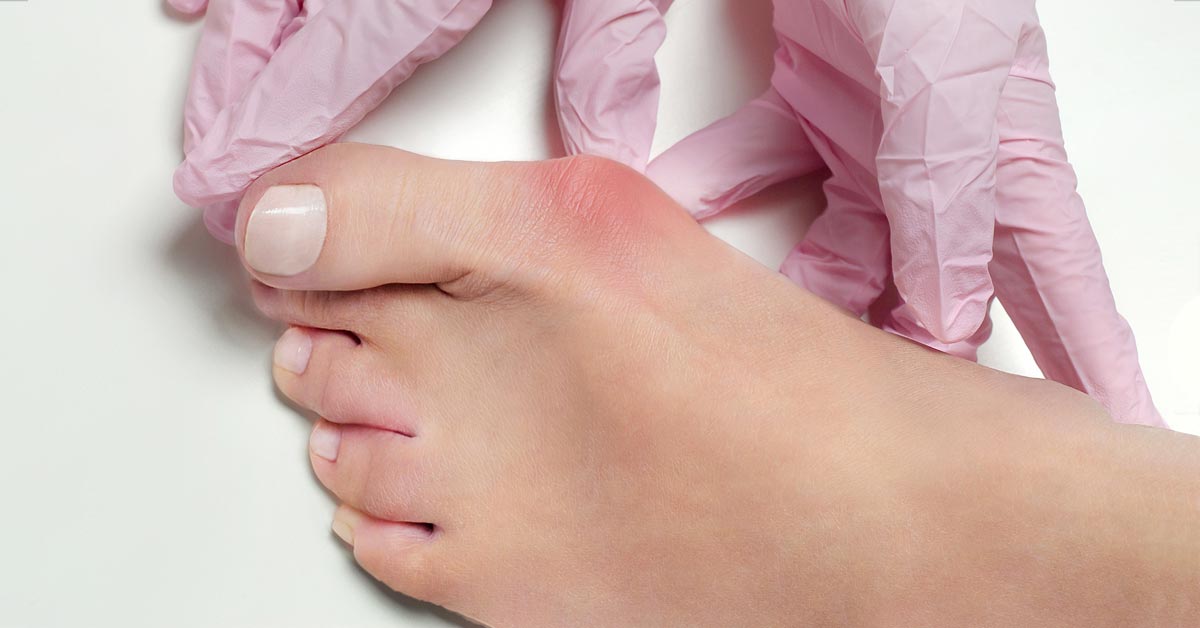
Bunions are a common foot condition that affects a significant number of people. A bony bump develops on the joint at the base of the big toe, making it slant towards the second toe. This can cause pain, discomfort, and difficulty walking and can also lead to other foot problems such as corns, calluses, and hammertoes. Fortunately, there are several treatment options for bunions Bakersfield.
Bunions evaluation and diagnosis
Bunions can usually be diagnosed through a physical examination by a healthcare professional. During the examination, the doctor will look for a bony bump on the joint at the base of the big toe and any swelling, redness, or other signs of inflammation in the affected area. The doctor will also evaluate the alignment of the toes and may ask you to walk or stand to observe any changes in your gait or posture.
In some cases, your doctor may order imaging tests, such as X-rays or MRI, to evaluate the severity of the bunion and any underlying damage to the joint or bone. X-rays can help determine the angle of the bones in the foot and can also show any bone spurs or other abnormalities. An MRI may be recommended if there is a concern for soft tissue damage or a suspected underlying condition.
In addition to evaluating the bunion, your doctor will also consider your medical history and any symptoms you may be experiencing, such as pain, discomfort, or difficulty walking. They will also ask about prior injuries or surgeries to the foot or ankle.
Bunions treatment options
The choice of treatment depends on the severity of the bunion, the level of pain and discomfort, and the patient’s needs.
Non-surgical treatment options for bunions include:
- Wearing comfortable shoes: Choosing comfortable shoes that provide enough space for your toes and avoid pressure on the bunion can help reduce pain and discomfort. Shoes with a wide-toe box, low heels, and good arch support are recommended.
- Using bunion pads or cushions: Bunion pads or cushions can help reduce pressure on the bunion and relieve pain and discomfort.
- Applying ice packs: Applying ice packs to the affected area can help reduce swelling and inflammation.
- Taking pain relievers: Ibuprofen and acetaminophen are two over-the-counter medications that can help relieve pain and reduce inflammation.
Surgical treatment options for bunions may be recommended if non-surgical options fail to provide relief or if the bunion is severe and causing significant pain and discomfort.
Surgical options include:
- Bunionectomy is a surgical procedure in which the bony bump is removed from the joint at the base of the big toe. The procedure may also involve realigning the bones in the foot to reduce pressure on the affected area.
- Osteotomy: This is a surgical procedure in which the bone is cut and realigned to correct the position of the big toe. It may also involve pins, screws, or plates to hold the bone in place as it heals.
- Resection arthroplasty: This is a surgical procedure in which a portion of the bone is removed from the joint at the base of the big toe, allowing for greater flexibility and improved function.
If you have bunions, it is advisable to discuss treatment options with your doctor at the Diabetic Foot and Wound Center.

